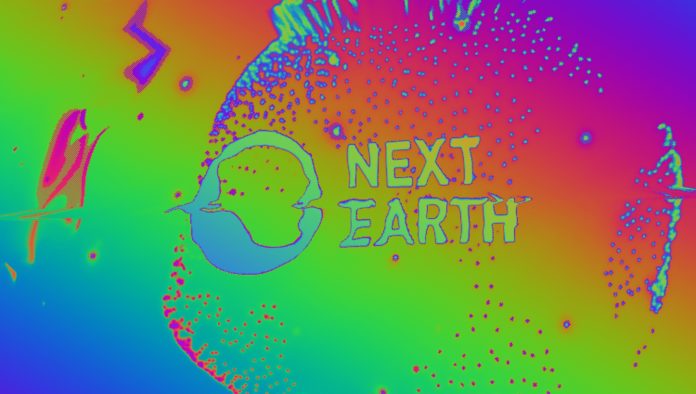
Every few years, a new technological revolution changes the way that we do things, and people start talking about it. There have been many such things in the last few years, including cryptocurrency, blockchain, augmented reality, non-fungible tokens, and the metaverse. Even people who aren’t tech-savvy have become aware of NFTs.
NFTs are used to represent physical or digital assets that can be bought or sold online. Recently, thousands of NFTs have been sold for millions of dollars. Another popular NFT project is known as Next Earth, and it is taking things to a whole new level.
This article will familiarize you with Next Earth and how it is making a difference in the world of NFTs.

The Rise of NFTs
Digital assets have existed for a long time. You might have heard of them as in-game currency, digital collectibles, etc. NFTs work similarly. The value of NFTs rises and falls according to their demand and rarity.
Although digital items and collectibles were traded for a long time, the invention of the blockchain prompted the creation of digital ownership. Blockchain technology is used for most of the cryptocurrencies and NFTs out there.
What Is Next Earth and How Does It Relate to NFTs?
You may have heard of virtual worlds, but only those concerning fantasy games and superhero movies. Ever since the concept of a metaverse emerged, many organizations started racing to create it before their competitors did.
Next Earth is a virtual world that runs on non-fungible tokens or NFTs. It uses a virtual model of our Earth, and in this virtual model, users can build things and do what they want. They are also allowed to buy and own virtual land (similar to what we do in the real world). This is where NFTs come into the picture.
On the Next Earth platform, ownership of the virtual land that one buys is managed through a decentralized market, which is backed by the blockchain and the underlying NFT architecture. Because of this, users can buy and sell virtual land on a secure and reliable platform. Whenever a user buys a piece of land, the NFT for the particular area is transferred over, and its record is stored on the blockchain. This means that the transaction becomes part of the record, and no one can tamper with it.
The buying and selling of virtual land on Next Earth are monitored and managed by thousands of computers that are running complex mathematical problems and validating each block in the blockchain. You might be well aware of the fact that to buy virtual land, you will need to pay in crypto.

How Many NFTs Have Been Created on Next Earth?
On Next Earth, more than 350,000 NFTs have been minted so far. This shows promising growth and increased interest in Next Earth. Moreover, it also suggests that more and more people are gravitating towards virtual real estate, a concept that is already tied in with the metaverse.
Experts predict that the number of NFTs created on Next Earth will continue to increase exponentially with time, mainly because NFTs provide a highly secure and robust mechanism for trading and storing digital assets.
Other Facts Regarding Next Earth
Apart from the fact that Next Earth has more than 350,000 NFTs already created, another interesting fact is that it has more than 30,000 landowners, and the number has picked up due to the newly-launched Land Art, a feature that allows users to express their creativity. This also indicates that the popularity of Next Earth will continue to skyrocket in the days to come.
The Eiffel Tower, one of the most eye-catching structures on Earth, has also found its place on the Next Earth platform. Its NFT was sold for 16 BNB. This transaction hints at how NFTs will play a major role in the metaverse ecosystem, and Next Earth seems to be a key player in this regard. Some other virtual superstructures and historic landmarks have also been sold, and these include Madison Square Garden and the Pyramids of Giza.
The launch and development of Next Earth have taken the virtual world by storm. As the developers continue to add new and innovative features and functions, users can only wait and see what comes next.

















